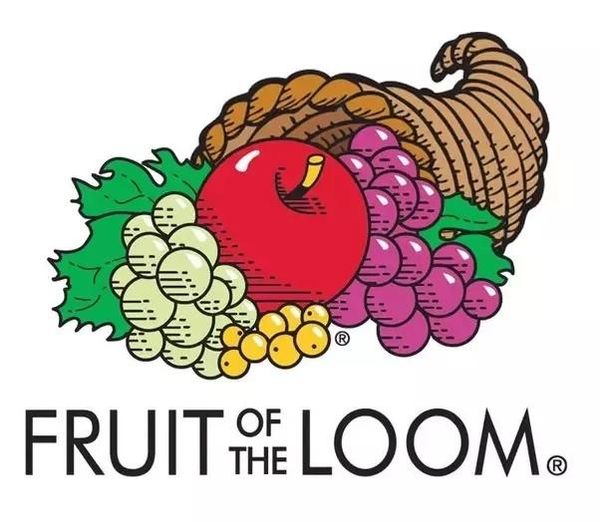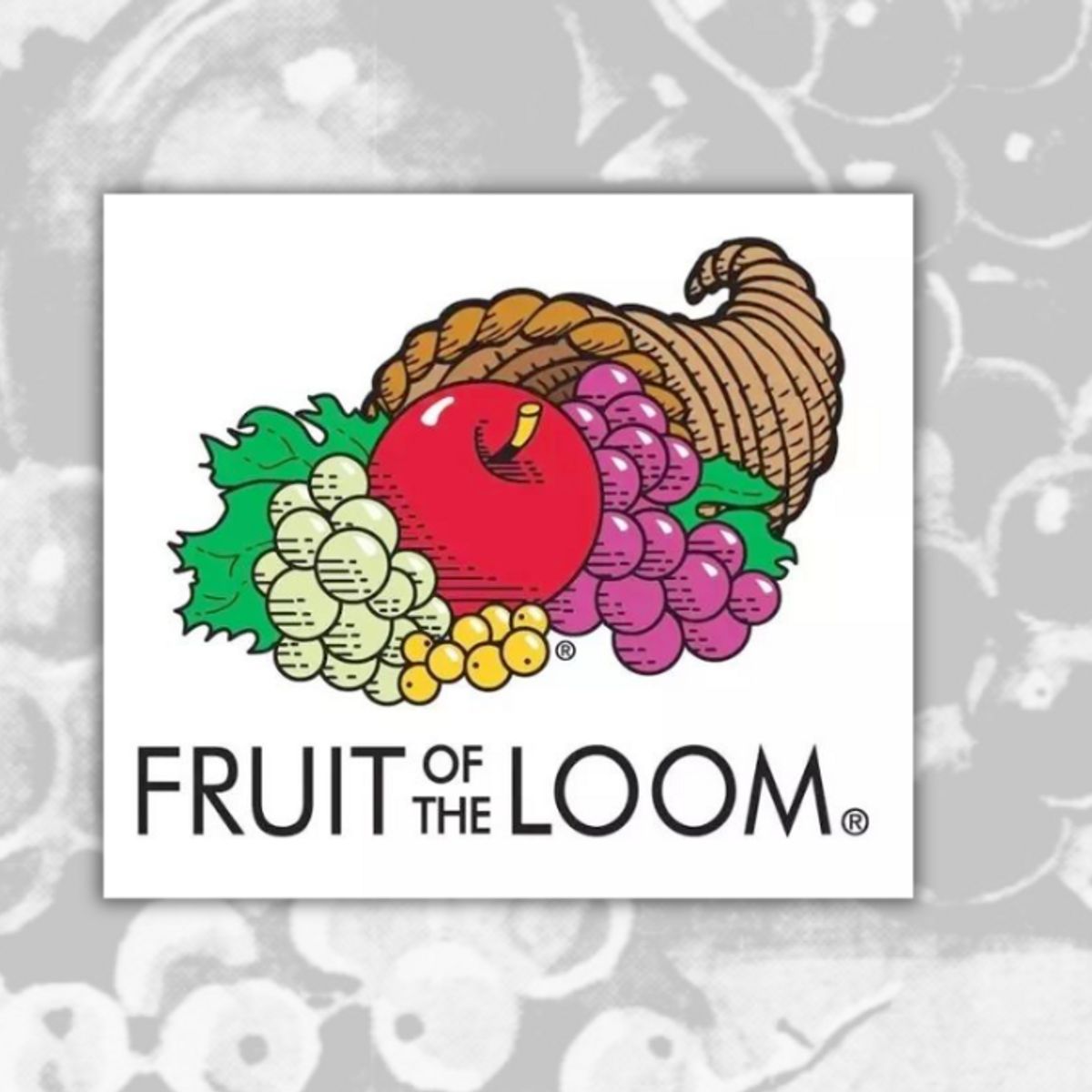Did you ever vividly recall a detail, a visual, so strongly that you were certain it was real, only to discover that your memory was playing tricks? Welcome to the perplexing world of the Mandela Effect, and the current hot topic: the Fruit of the Loom logo.
The internet is currently abuzz with a particular instance of this phenomenon, centered around the iconic underwear brand, Fruit of the Loom. The core of the debate lies in the company's logo. The logo, as it currently appears, showcases a collection of fruit: a red apple, green grapes, currants, and purple grapes. But the discussion centers around the presence, or rather, the absence, of something else: a cornucopia. For many, their memory firmly places a cornucopia, a horn of plenty overflowing with fruit, as a prominent feature of the logo.
This perceived difference between what people remember and the reality of the logo has ignited a flurry of online discussions. Many insist they distinctly remember a cornucopia, leading to speculation about a "Mandela Effect" a phenomenon where a large group of people share a false memory of a past event or detail. This effect is named after Nelson Mandela, as many people wrongly remember him dying in prison in the 1980s.
- Bada Lees Bf The Inside Scoop On Their Relationship
- Kenadie Schultz Rising Star Inspiring Journey And Everything You Need To Know
To understand the core of the "Fruit of the Loom Cornucopia Mandela Effect," we delve into the contrasting perspectives and the evidence that supports each claim. This involves evaluating the original design, the historical context, and the collective memory of a brand that has been a staple in homes for generations.
The perception of a cornucopia in the Fruit of the Loom logo has, for many, become a deeply ingrained memory. This is reinforced by the fact that the brand's name itself Fruit of the Loom implies a bounty, an abundance, a direct association with the very symbolism that a cornucopia embodies. The idea of fruit overflowing from a horn of plenty aligns seamlessly with the brand's identity, solidifying the belief in the minds of many that this element was, indeed, a part of the logo.
The debate highlights the nuances of human memory and how easily it can be influenced by various factors, including repeated exposure, cultural associations, and even the subtle details present in similar experiences. For example, Thanksgiving, a holiday rich with cornucopia imagery, could have played a role in associating it with other piles of fruit that people frequently see.
- Don Silverio The Legend You Need To Know About
- Pinkie Pie Dti The Ultimate Guide To Her Dti Adventures
The opposing view, however, presents a starkly different narrative. Fruit of the Loom itself has consistently denied ever including a cornucopia in its logo. Historical evidence, such as original patent documents, confirms that the logo has always featured a collection of fruit arranged in a symmetrical pattern, without a cornucopia.
This contradiction fuels the debate and presents a fascinating example of the Mandela Effect. A key aspect of the discussions revolves around the nature of memory itself. It calls into question how we form memories, how they are stored, and how they can be altered over time. Misremembering logos, misinterpreting visual elements, or being influenced by visual similarities can lead to widespread false recollections, especially in the internet age.
The Fruit of the Loom cornucopia mystery provides an opportunity to examine the broader implications of these memory distortions. It highlights the fact that our minds are not perfect recorders of the past but rather active interpreters that can be influenced by a range of factors.
As the debate rages on, it serves as a reminder that the reality we perceive may not always be as straightforward as it seems. The mystery behind the Fruit of the Loom logo encourages critical examination, and questioning what we believe to be true. The discussion ultimately allows us to explore the fascinating complexities of human memory and its susceptibility to distortion and collective misinterpretations.
The logo's design also adds another layer to the debate. The brown elements, barely visible to some, could be construed as a cornucopia, particularly when seen from a distance, or without active focus. This ambiguity only helps further entrench the arguments of both sides.
Adding to the conversation is the fact that there have been multiple instances of manipulated images and parody logos floating around online, which have muddied the waters further, making it hard to discern between what is factual and what is a fabrication. Some online are using these images as evidence of their memories, while others use them to discredit the entire theory.
While a definitive answer might remain elusive, the discussion surrounding the Fruit of the Loom logo serves as a fascinating reminder of the fragility of our memories and the power of collective belief.
| Category | Details |
|---|---|
| Brand Name | Fruit of the Loom |
| Product Type | Underwear |
| Country of Origin | USA |
| Logo Design (Current) | A collection of fruit: red apple, green grapes, currants, and purple grapes, without a cornucopia. |
| Mandela Effect Aspect | The belief that the logo once featured a cornucopia (horn of plenty) behind the fruit. |
| Historical Evidence | Original patent documents and the company itself deny any cornucopia ever existing in the logo. |
| Online Discussion | Ongoing debate on social media and online forums, with both sides presenting evidence and interpretations. |
| Related Phenomena | The Mandela Effect - collective misremembering of past events or details. |
| Impact | Raises questions about memory, visual perception, and the influence of cultural associations. |
| Reference Website | Snopes.com |
- One Pace Vs One Piece A Battle Of Wits Worlds And Words
- Gon Happy Your Ultimate Guide To Living Happier Every Day


